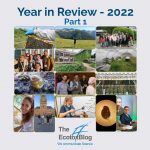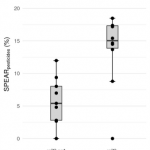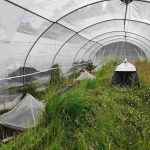Join a dynamic team in Aotearoa New Zealand exploring biodiversity-ecosystem functioning across meta-ecosystem boundaries. The University of Waikato is recruiting two motivated PhD students to study stream-riparian food webs and ecosystem processes.
Continue readingOpen PhD position in Ecology- Fully funded by the Royal Society of New Zealand










